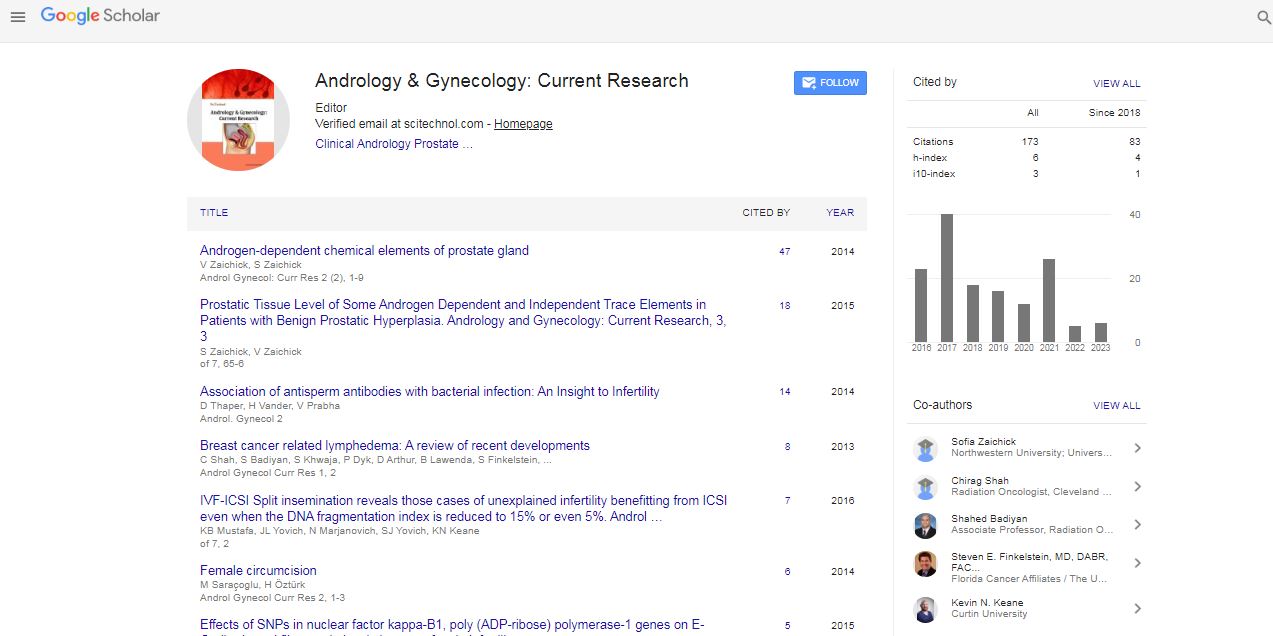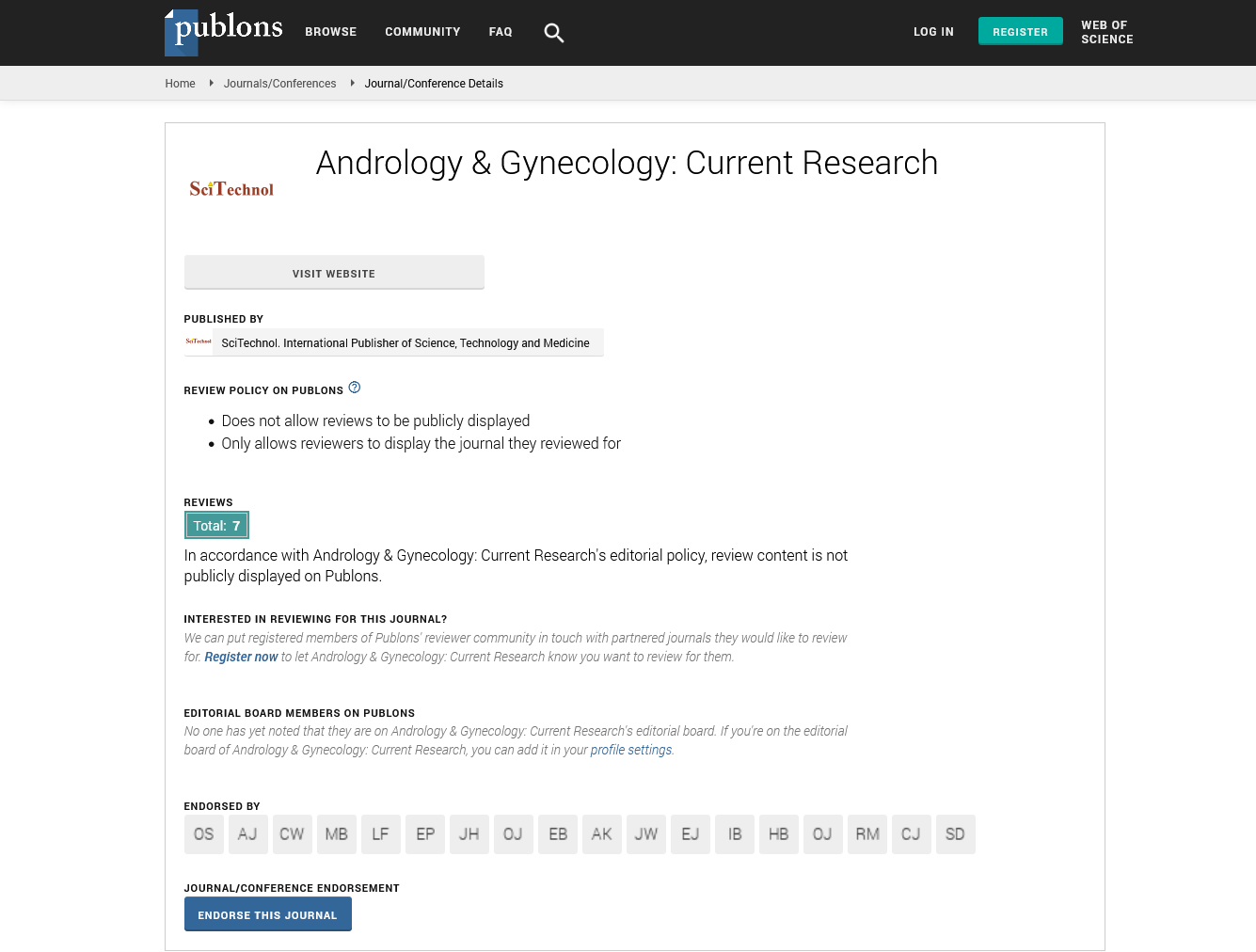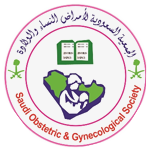Research Article, Androl Gynecol Curr Res Vol: 3 Issue: 3
Epidemiological and Clinical Aspects of Dysmenorrhea in Young Girls at School in Lomé
| Adama-Hondegla AB1*, Aboubakari AS2, Fiagnon K1, Folligan K2, Bassowa A2, Atakora IBD and Akpadza K1 | |
| 1Department of Gynecology and Obstetrics at Sylvanus Olympio, University Hospital Center, Faculty of Health Science, University of Lomé, Togo | |
| 2Department of Gynecology and Obstetrics, University hospital Center of Kara, Togo | |
| Corresponding author : Amah Biova Adama-Hond�?©gla 01PO BOX 4898 Lomé, Togo Tel: 00(228)90183939 E-mail: rocadama@yahoo.fr |
|
| Received: November 28, 2015 Accepted: December 08, 2015 Published: December 14, 2015 | |
| Citation: Adama-Hondegla AB, Aboubakari AS, Fiagnon K, Folligan K, Bassowa A, et al. (2015) Epidemiological and Clinical Aspects of Dysmenorrhea in Young Girls at School in Lom�?©. Androl Gynecol: Curr Res 3:3. doi:10.4172/2327-4360.1000140 |
Abstract
Epidemiological and Clinical Aspects of Dysmenorrhea in Young Girls at School in Lomé
Objectives: To describe the epidemiological and clinical aspects of dysmenorrhea in young girls at school. Materials and Methods: This is a prospective cross-sectional descriptive study, conducted from 25th January to 10th April, 2012. The collection of data was made by indirect interview using a survey form completed by the girls, individually in confidence and anonymously. The data were analysed by computer processing with Epi info7 software, and comparison of some of the data was made by Chi-square Exact Test of Fischer with significance level at p<0.05 and by calculating the odds ratio. Results: Dysmenorrhea had concerned more than three quarters of girls at school. The most proven bracket age was that of 14-18 years (49.1%). Familial history of dysmenorrhea has been noticed in 11.7%. Primary type of dysmenorrhea was dominant (64.3%) and the pain onset much with the first day of blood flow (48.0%). Secondary dysmenorrhea, was significantly associated with the history of a pregnancy (69.04 vs 7.04; p <10-10, OR=29.42) and an age over twenty. Non steroid anti-inflammatory drugs were the most used therapeutics in severe dysmenorrhea (35.42% vs 5.56%; p<10-5). Truancy related to dysmenorrhea was about 39.3%. Conclusion: Dysmenorrhea is a real problem with regards to its impact on the wellbeing and social life of girls at school. There was a need to do more sensitizations among school girls and to identify the medical causes of this affection in order to better manage it.
 Spanish
Spanish  Chinese
Chinese  Russian
Russian  German
German  French
French  Japanese
Japanese  Portuguese
Portuguese  Hindi
Hindi 


